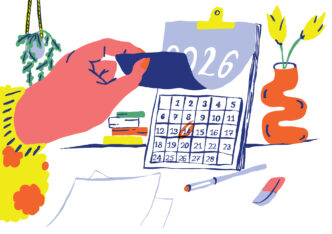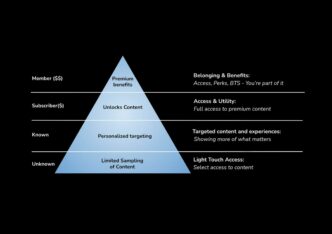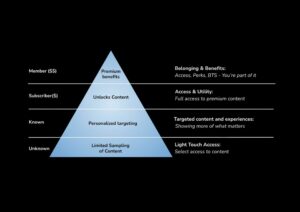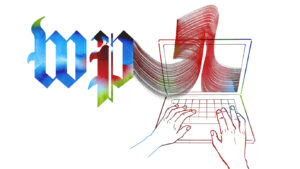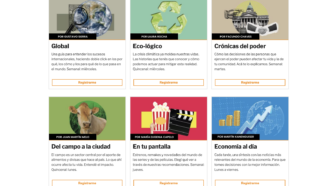
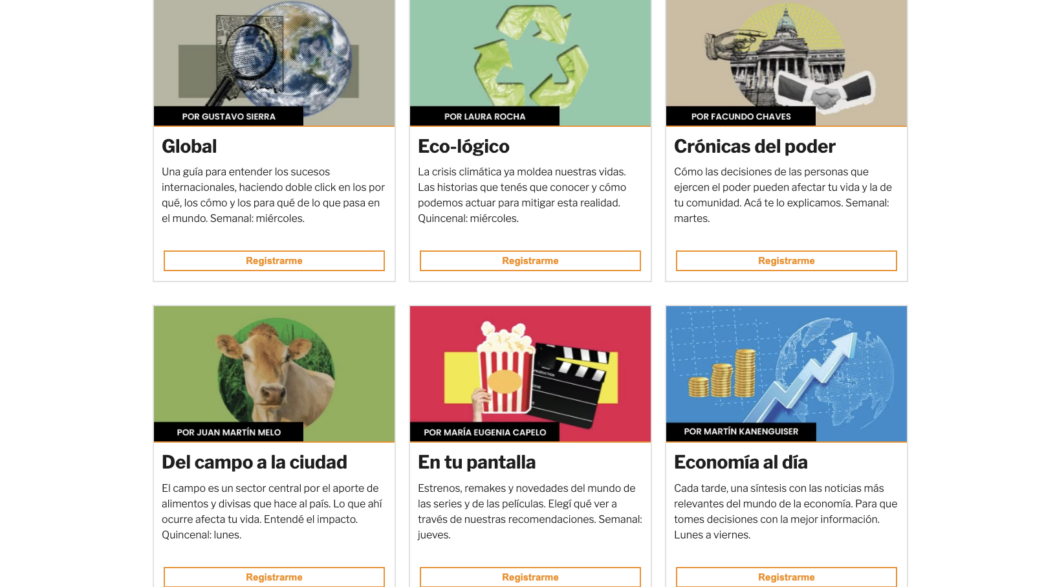
It’s now been 4 months since Argentina’s biggest news site, with over 22 million unique visitors, launched their new newsletter products. Users can register for free to any of the 40 newsletters, all containing original content and analysis. This format allows the publisher to build closer relationships with their readers, understanding their interests when it comes to accessing and consuming information.
Towards the end of 2022, Infobae, the most widely read news site in Argentina, joined the list of publishers allocating increasingly more resources to newsletters, betting on this content to reach new audiences, build loyalty among existing users and better personalize its digital offer.
The Argentinian publisher now has a portfolio of 40 thematic and owned newsletters.
These newsletters are free of charge, but readers must create a free account to sign up. This latter point is the focus of Infobae’s digital revenue model: without a paywall and in the midst of uncertainty surrounding the cookieless future (now delayed until 2024), the publisher wants and needs to better understand their readers.
At their 20th anniversary celebration, Daniel Hadad, Infobae’s founder and CEO, announced that, in the coming years, they’ll be betting even more on the formats already engaging audiences. Just days before, the publisher had launched its offer of 40 bulletins, including some sent on a daily, weekly and monthly basis.
But why was this year ‘the’ moment to launch 40 newsletters?
“Whilst almost all Argentine media turned to paywalls, Infobae said no, instead privileging free access to information. We did, however, understand the key value brought by a paywall – the opportunity to get to know readers, something that we try to rescue through newsletter registration, offering users more focused, niche content.” explained Stella Bin, Newsletter Editor and author of Hora Libre, a weekly newsletter on education.
Readers must register with a username and password in order to receive a newsletter in their inbox.
Data collection is simple, and users are offered the option of registering with Google or Facebook.
Newsletter strategies have clearly changed – from what used to be simple automated marketing, is now offered as a differential content. But it’s not something that’s unique to Infobae. It’s become a trend in Argentina and across the world.
You’ll also enjoy: How Reuters and The New York Times use newsletters to drive loyalty, subscriptions, and revenue
Given this, how does Infobae’s proposal differ from the other newsletters offered across Argentinian media?
Bin identified 3 characteristics:
- The variety of topics and perspectives covering the same topics
- The chance to talk directly to the author
“At the end of each newsletter, we always include the author’s personal email address. That is to say, we listen. I do it as author of Hora Libre, answering readers in the newsletter itself or personally if necessary.”
- A unique design and distinctive features for each newsletter
“Unlike many media that have a single design for all the newsletters they send, we work with each author to create their own design, starting with a basic framework that the team considers essential for readers to identify the Infobae stye, before discussing with the individual author about what design they think will facilitate the reader’s experience.”
To develop this editorial product, Infobae put together a team led by Stella Bin and three other editors, Belén Etchenique, Juan Mascardi and Ariana Budasoff, each with their own newsletter. The team is completed by another 30 authors and two designers. Alongside targeting Infobae’s Argentinian audience, some of the 40 newsletters are aimed at other Latin American countries where the publisher is present, with newsrooms in Mexico, Columbia and Peru.
To find the best authors for each newsletter, Infobae first chooses the topic they want to cover before looking for the right editor – someone who specializes in the area or is enthusiastic about writing this kind of content. But sometimes the journalist expresses interest on their own, putting forward their proposal. “We’d then evaluate whether this perspective was missing from our current editorial and move forward with the idea or reject it,” Bin said.
How do they decide whether a newsletter proposal gets accepted or not? And what about the periodicity?
Bin said that the more they cover, the better, particularly topics considered important to their readers, “from politics, economy, sports and gender to science, education, gaming and culture.”
The frequency meanwhile is considered on a case-by-case basis. “We take into account the needs that people may have for this information on a daily, weekly or fortnightly basis and, of course, the availability of each author,” Bin said, emphasizing that for Infobae, every newsletter must be useful, taking into account “the time of those who choose to be informed in this way”.
Mobile-first
90% of the publisher’s traffic is currently on cell phones. For this reason, newsletters are designed to be consumed on mobile devices rather than on desktop.
“We use Mailchimp to send our emails, and once a newsletter has been written and uploaded, we test it out on different cell phones with different designs, right up until the final test before sending out to our readers”.
Each newsletter has its own design, so whoever reads it identifies that it’s from Infobae, and can have an engaging consumer experience, even on mobile.
More than just a newsletter
In addition to allowing the media to personalize the news experience for users and offer them original authored content to help them navigate through the news flow or follow topics that interest them, newsletters will also be an effective way for Infobae to attract users and make them return regularly to the site, where it can monetize traffic, one of the key points analyzed by Nic Newman in the chapter on “The rise of newsletters” in the latest edition of the Reuters Institute’s Digital News Report.
Originally published in Spanish on Laboratorio de Periodismo.



